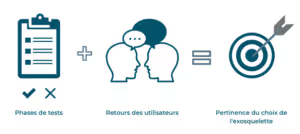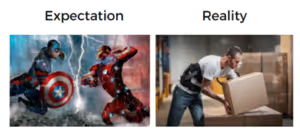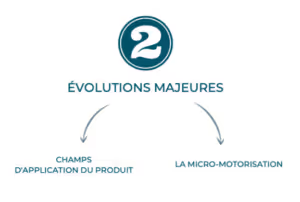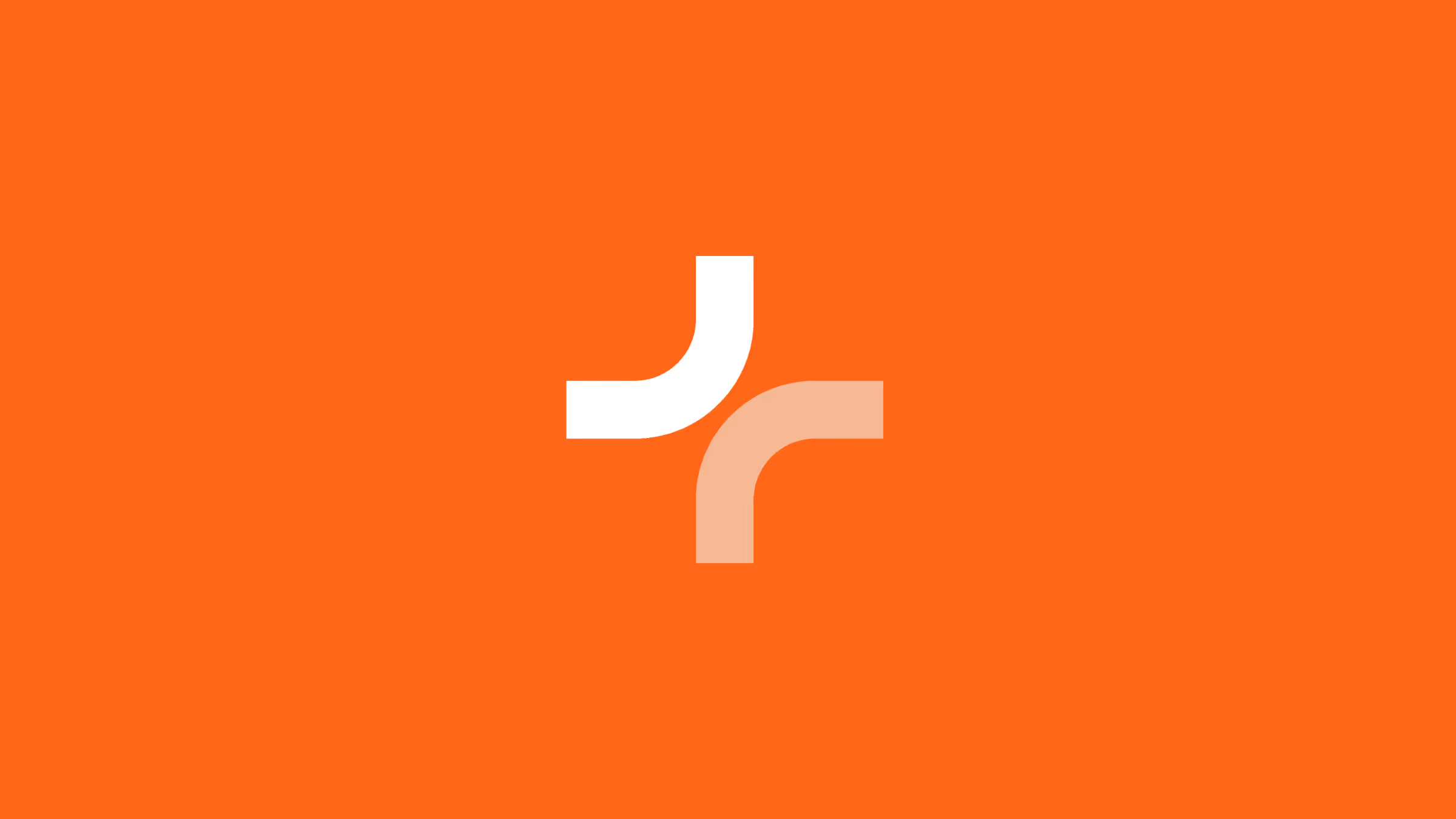
Exoskeletons are Physical Assistance Devices (DAP) Whose use is becoming more and more widely used in business.
They assist or relieve operators in physically demanding tasks in order to: Reduce the risk of musculoskeletal disorders (MSDs) gold Keep in Employment employees suffering from pathologies.
But how have these new technologies evolved? How did their image change? And how has the way companies look at exoskeletons evolved?
We went to meet Benoit Sagot-Duvauroux, Gobio — Europe Technologies manager, dedicated to the marketing and development of exoskeletons, to get him to explain everything about the evolution of exoskeletons.
How has exoskeleton integration in business evolved?
In the early 2010s, a craze for exoskeletons began to emerge. This technology has aroused interest, especially with the appearance of the first shows focused on robotics.
Indeed, it was the major industrial groups such as Airbus or Naval Group that, in a way, launched the exoskeleton movement. Their policy was to buy everything that existed in terms of exoskeletons. The objective was to test and then sort through the products offered. At the same time, theAFNOR (Agence Française de Normalisation) was promoted by these major groups, in order to exhibit exoskeletons and provide a normative framework for their use and design.
Test phases were necessary in order to validate or invalidate the exoskeletons. These initial feedback allowed other companies to learn about the use of these new technologies before the market expanded to other sectors such as logistics or construction.
Now that exoskeletons are more democratized, any type of company, whether it is an ETI (Intermediate Size Company), an SME (Small and Medium Enterprise) or an individual structure, may be interested. The test phases and user feedback made it possible to better target the relevance of the exoskeleton for an application case. Since 2020, the first phases of deployment have been observed.

What about the image of exoskeletons?

A lot of pedagogy was needed to break the Iron Man image of exoskeletons.
Today, the latter are better understood thanks to numerous exhibitions, workshops and documentation set up. Indeed, they made it possible to highlight their interests but also their limitations.
At the same time, the increase in the number of products sold has given rise to a lot of feedback: Users were able to integrate the exoskeleton more efficiently into their MSD problems.
However, other questions are raised about the use of these DAPs. Mainly, find out if there are any reports or transfers of MSD problems to other parts of the body. It is therefore necessary to have a serious approach with analyses and data that must be able to justify. For this, numerous studies are carried out, whether by theINRS, companies that design or use exoskeletons.
And more specifically, exoskeletons?
At the very beginning, the products offered were far from being industrialized. We were in the very first versions or in product development phases. Manufacturers were looking for partners to market and the market was listening to feedback from the field in order to test and learn.
At the beginning, the ergonomics of exoskeletons were not optimal: they were considered heavy, not very adjustable, did not cover all sizes, long and difficult to set up. The comfort of the latter was therefore not unanimous among users.
Design companies therefore had an important role to play in improving parts and in modifying defects in use in order to: Offer Operators the Product Best Suited to Their Needs. The devices are therefore evolving towards a process of reliability.
Thus, for exoskeletons under development, Various Areas of Improvement Have Been Sought : reduce their weight, facilitate their adjustments, alleviate heat problems or even acquire different sizes of devices. However, it is necessary to take into account the time required for companies to be able to develop these complex products.

At the same time, we notice a real policy of lowering prices, whether due to the amortization of research and development (R&D) or to an increase in quantities, which makes it possible to lower the cost of production. Finally, there is increasing competition: if the competition releases a much cheaper product, the question of price alignment must arise, or else it must be possible to justify that the product offered is more expensive.
Towards what developments in the future for exoskeletons?
In the future, we can think that there will be Two Major Developments :
- Evolution of the fields of application of these products With for example the wrist or the knee.
- Major evolution in micro-motorization and in particular in equipped textiles, such as, for example, active-type exoskeleton T-shirts that can revolutionize the market, especially that of individuals.

Exoskeletons have an obvious place, because despite robotization, there will always be painful physical manual activities. In addition, societal issues such as the aging of the population or the extension of working hours will place the exoskeleton as First-line solution.
Businesses will have to find ways to attract new talent for exoskeletons to be part of the solutions for Improving Health, Safety and Well-Being in the Workplace.




